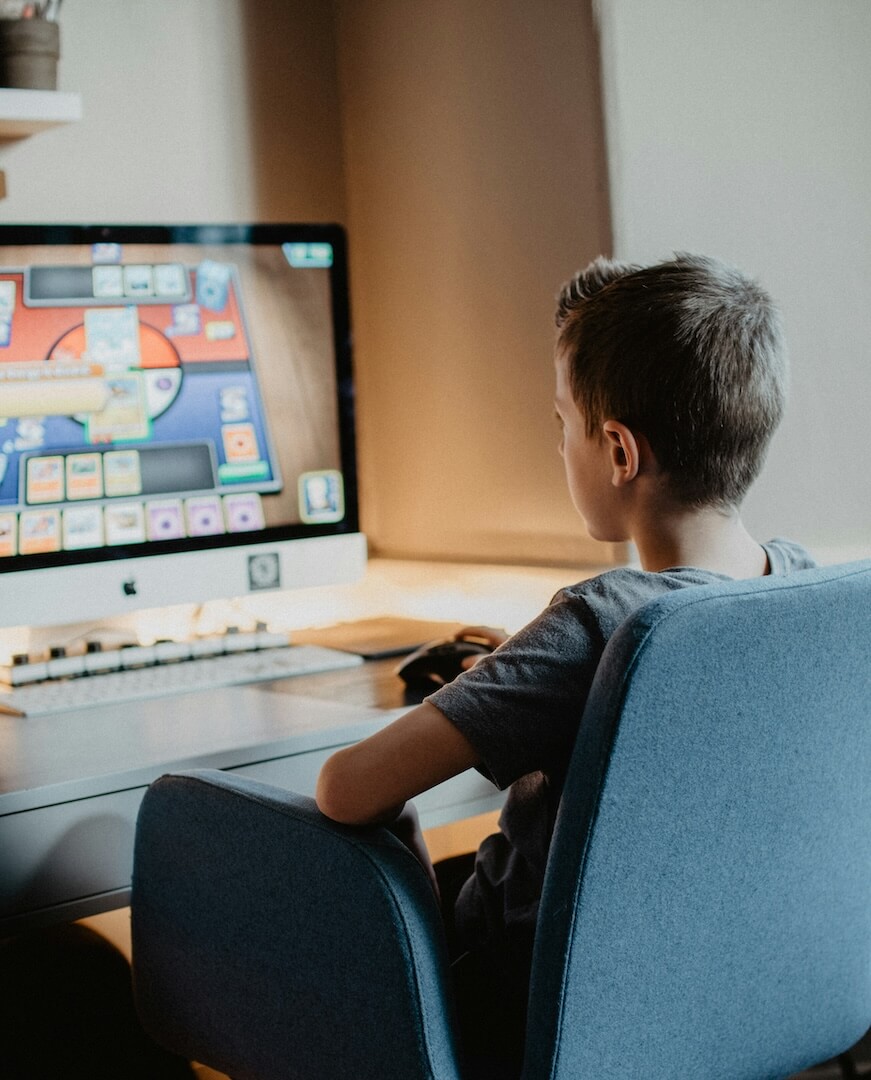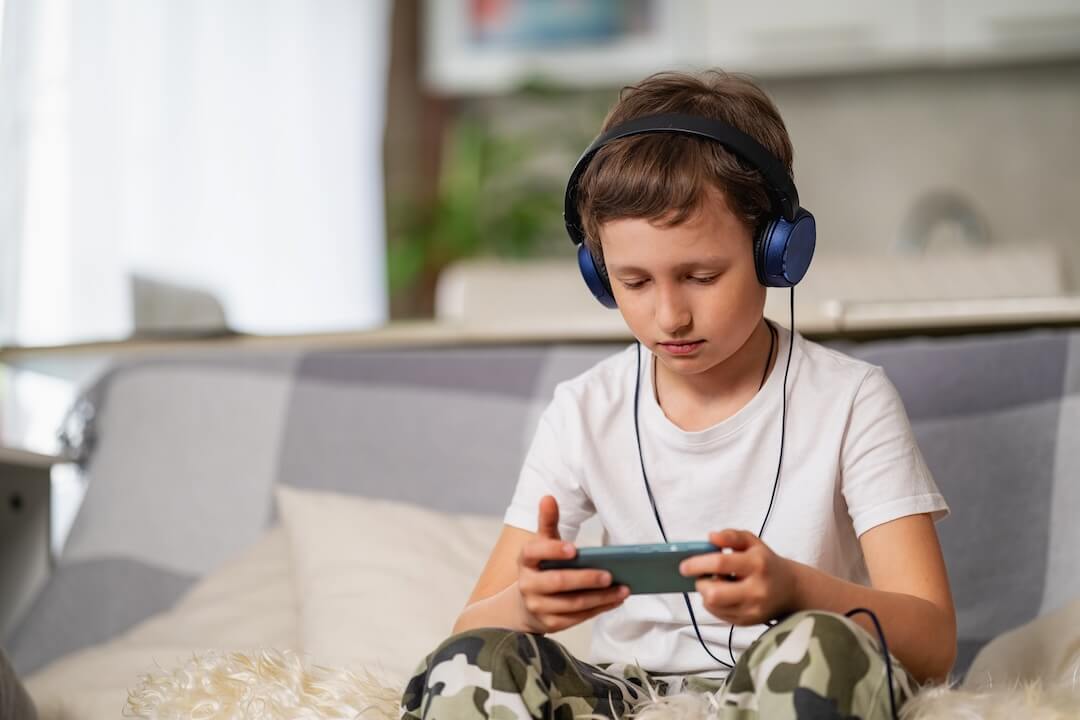How much screen time is too much?
We answer the important question, how much screen time is too much, and how do you best manage this when navigating the world of video games.
How much screen time is too much?’
Parents often worry about screen time, especially when it involves activities like video games, which differ from the experiences they had as children. A common question is, “How long is too long?” However, there’s currently no clear, evidence-based guidance on the ideal amount of screen time for children.
A general rule
Some general guidelines, such as those from the American Academy of Pediatrics, recommend no screen time for children under 18 months, limited use from 18 to 24 months, and about an hour a day for kids aged 2-5. However, these recommendations are often based on cautious assumptions rather than solid evidence. The UK’s Royal College of Pediatrics also emphasises that overly strict limits could prevent children from benefiting from the positive aspects of screen-based activities, including education, creativity, and social interaction.
Rather than focusing solely on the number of hours spent on screens, it’s more effective to consider what your child is doing during that time. Video games can encompass a wide range of activities, from playing with friends to learning new skills or exploring creative projects. Much like managing a balanced diet, the key is variety and ensuring children engage in a mix of different activities throughout the day.
Better measures than screen time
Although screen time can seem to provide a useful way to measure how much exposure a child is having to a screen, it’s a blanket term that covers a wide range of activities. They may be using the screen for all sorts of activities. Homework research, writing, contacting grandparents, online play or creative projects.
It has been compared to trying to help children have a healthy diet by limiting their plate time. Like with meals, a better measure is to consider what they are doing on their screens. This offers a better approach to helping children balance their digital play and socialising.
The best way to agree on healthy limits with your child is to have a conversation with them. Quite often children recognise for the need for balance and to find ways to enjoy different things in their day. Rather than a single time for screens, why not have some time for play, some for homework, some for leisure and so on?
Once you have agreed on specific limits together, you can set these up on their console or gaming devices. Some systems even let you limit play on a particular game.
Shared screens transform play
Finally, a really powerful way to ensure your child’s screen time is healthy is to play with them. You can use our Games Guides to decide what to play. Then set aside time to enjoy the game together. You may even need to practice a bit before you play as a family, so you can enjoy and support their progress.
This is a lot of fun, but it also creates a natural context for conversations about video games and how your children feel about playing them. Setting hardware up in shared family spaces also enables you to overhear the fun they are having, and if it’s tipping over into anything stressful when they get tired.
You know your child better than anyone, so use that knowledge and the game time tools on consoles to create a play context for them that not only keeps them safe but is ambitious for how it can contribute to their lives.
Latest Blogs
What should I do if my child wants to spend money in-game?

Are video games safe for my child?
